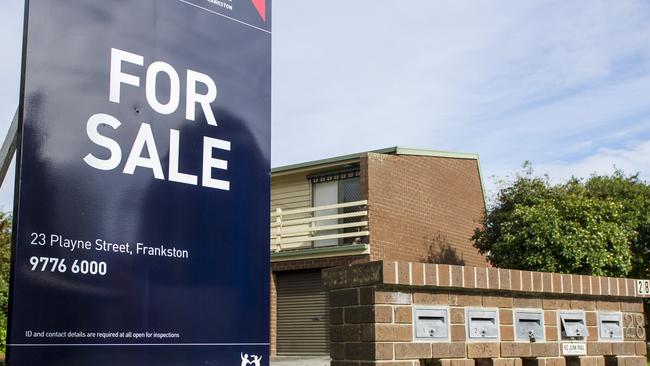Rise in mortgage arrears, defaults likely in fourth quarter
As a mortgage holiday deadline approaches, S&P Global warns the end of 2020 could see a trend emerge of arrears and defaults.

Increased COVID-19 pressure on the residential property market will likely emerge in the final months of 2020, with an increase in mortgage arrears and defaults predicted in a new report from analyst firm S&P Global.
The initial deadline for mortgage holidays from the banks is fast approaching, with institutions able to provide four-month extensions at their discretion.
S&P Global’s latest mortgage report said the stage of economic recovery when household support measures expire will play an important factor in determining the scale of rises in mortgage arrears and defaults.
“We expect arrears to begin surfacing in the second half of 2020, and losses to emerge in 2021,” the report said. “Mortgage arrears performance is meanwhile likely to vary by state and territory, reflecting their different paths to economic recovery.”
Eastern seaboard households are more likely to struggle to meet repayments, given the state’s exposure to both virus-related lockdowns and the drop in tourism from domestic and international border closures.
Sydney’s inner, southern and other south west regions, Melbourne’s east and the Mornington Peninsula and Queensland’s Gold and Sunshine Coasts were identified by S&P Global as COVID-19 “hardship hot spots” as borrowers are left to face the aftermath of economic restrictions.
The report, however, did note the residential mortgage sector‘s relatively modest loan-to-value ratio profile will help to minimise losses in the event of borrower default.
Housing Industry Association chief economist Tim Reardon said the trend of defaults will likely follow that witnessed in the wake of the 2008 global financial crisis. While the US began the crisis with a default rate of 6 per cent which increased to 30 per cent over time, Australia experienced a negligible rise from 1.4 per cent to 1.6 per cent.
“Given lending now is far more conservative than it was through the GFC, it is difficult to see mortgage arrears posing a risk to the financial system,” Mr Reardon said.
Fiscal stimulus for households during the pandemic has helped keep the property market relatively stable since March. Despite rising unemployment and broader economic impacts, including a 7 per cent GDP contraction through the June quarter, support from the JobKeeper scheme and lower mortgage costs have eased debt-serviceability pressures.
Demand for COVID-19 mortgage hardship arrangements and concessions peaked in June. While several lenders reported falls in requests through July as most parts of the country reopened, virally hard-hit Victoria was the exemption, with borrowers more likely to require assistance for some time.
S&P Global’s monthly mortgage arrears index lowered over the month of August to a weighted average of 1.34 per cent, reflecting the reopening of most economies. Prepayment rates have held up so far, rising through the June quarter. The change is partially influenced by refinancing activity in the broader mortgage market during the first half of 2020, when eligible borrowers took advantage of ultra-low interest rates.
REA Group chief economist Nerida Conisbee said the effect of the 2018 banking royal commission will be evident in the way the banks review customers‘ individual circumstances, saying institutions will be “more careful”.
“Fundamentally, this is a different type of recession to what we have had previously. They are also far more capitalised themselves,” Ms Conisbee said.
“I think they will be more forgiving and they will want to work with people.”
Despite slight improvements, the fear of continued virus setbacks will likely create uncertainty and lead to more cautious behaviour within firms and households, S&P Global said. This could potentially impact household incomes as it influences investment and hiring decisions.
While CoreLogic data released on Tuesday showed a slowdown in house price declines through August, S & P Global still expects property prices to fall 10 per cent.




